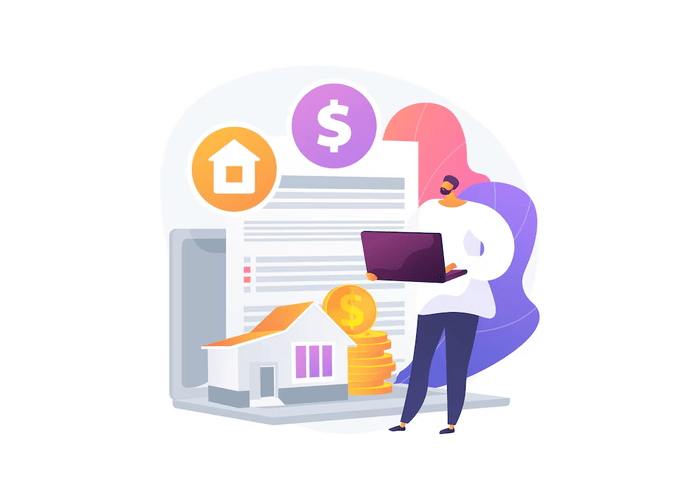Short-term financing has undergone a major transformation in recent years, with the digital age reshaping how we access funds when needed.
Cash advances have emerged as a popular choice among the various options available, fueled by the speed and convenience of online services. But what exactly are cash advances, how do they fit into the broader short-term financing landscape, and what should you watch out for?
What Are Cash Advances?
Cash advances are a type of short-term loan designed to provide quick access to money. Often referred to as payday loan alternatives, they are ideal for people in urgent need of funds for unexpected expenses, like car repairs or unplanned medical bills.
The process is relatively simple:
- Apply for a loan (often online or in-store with minimal paperwork).
- Receive funds in your bank account quickly (sometimes within hours).
- Repay the loan, typically on your next payday, along with applicable charges and fees.
While the premise sounds helpful, cash advances often come with rates and tight repayment windows, which can lead borrowers into cycles of debt. Still, their speed, convenience, and accessibility have made them a go-to option for those needing immediate financial relief.
Why Cash Advances Continue to Thrive in the Digital Era
Thanks to technology, cash advances have transitioned from store-front services to digital platforms, making them more accessible than ever. Here’s how they’ve adapted to the modern consumer’s needs:
1. Speed and Convenience
Gone are the days when you had to stand in line for hours to apply for a loan. Digital lenders like CreditNinja now allow you to apply for a cash advance from anywhere, whether you’re at home or on the go. The approval process can take just minutes, with funds deposited directly into your account in hours.
2. No Need for Collateral
Unlike traditional loans that may require collateral, cash advances are unsecured, meaning you don’t have to put your assets, like cars or homes, at risk. This flexibility appeals to a wide range of borrowers.
3. Accessibility for All
Even borrowers with low credit scores can often qualify for cash advances, as many lenders focus more on employment and income verification than credit ratings.
While these advancements make cash advances attractive, it is essential to weigh these benefits against the risks.
The Downsides of Cash Advances
Despite their appeal, cash advances aren’t without drawbacks. Here are some considerations:
- High Rates
Many cash advances come with annual percentage rates (APRs) in the triple digits. Borrowers unable to repay their loan within the short repayment window can get hit with compounding fees, making the loan much costlier than expected.
- Short Repayment Periods
Most cash advances have repayment terms of 14 days or less. This tight timeline can be stressful, especially if you’re still recovering financially.
- Debt Cycles
If you can’t pay back the loan on time, rolling over or renewing a cash advance can lead to additional fees and mounting debt.
How to Avoid the Pitfalls of Cash Advances
With careful consideration and planning, you can benefit from a cash advance without falling prey to its pitfalls. Here’s how:
1. Borrow Only What You Need
Since cash advances come with high fees, it’s important only to borrow the amount you need and avoid any temptation for unnecessary spending.
2. Read the Fine Print
Carefully review all terms and conditions before signing up for a cash advance. Make sure you understand all fees, interest rates, and repayment windows.
3. Have a Repayment Plan in Place
Before taking out a cash advance, have an actionable plan in place for repaying the loan on time. This could include cutting back on expenses or creating a budget to ensure timely payments.
How to Decide if a Cash Advance Is Right for You
When deciding whether to use a cash advance or explore alternatives like installment loans, ask yourself these questions:
- Can I repay the loan within two weeks without stress?
If not, consider an installment loan with more flexible terms.
- What is the total cost of borrowing?
Factor in rates and fees for cash advances versus alternatives.
- Am I borrowing for a financial emergency or a non-urgent expense?
Cash advances are meant for critical, short-term emergencies—not for routine expenses.
For responsible borrowing, choose a solution that fits your specific needs without compromising your financial health.
Alternatives to Cash Advances
While cash advances can provide quick access to money, they may not always be the best option. Here are some alternatives worth considering:
- Credit Cards
If you have a credit card, it may offer a more affordable way to cover emergency expenses.
- Personal Loans
Personal loans typically come with lower rates and longer repayment periods than cash advances. They are ideal for larger unexpected expenses that cannot be paid off in a short period.
- Borrowing from Family or Friends
Borrowing from loved ones can eliminate high rates and fees. However, make sure to communicate openly about expectations and create a written agreement to avoid any misunderstandings.
You can also read our guide on how to choose the right loan for you.
The Future of Short-Term Financing
The evolution of digital lending has transformed the way people approach short-term financial fixes. Cash advances may still dominate due to their simplicity and speed, but consumers now have access to various alternative products with more reasonable terms.
Short-term financing doesn’t need to be a trap. With AI-powered application processes, tailored repayment terms, and a focus on empowering borrowers, the future is all about customization and convenience.

